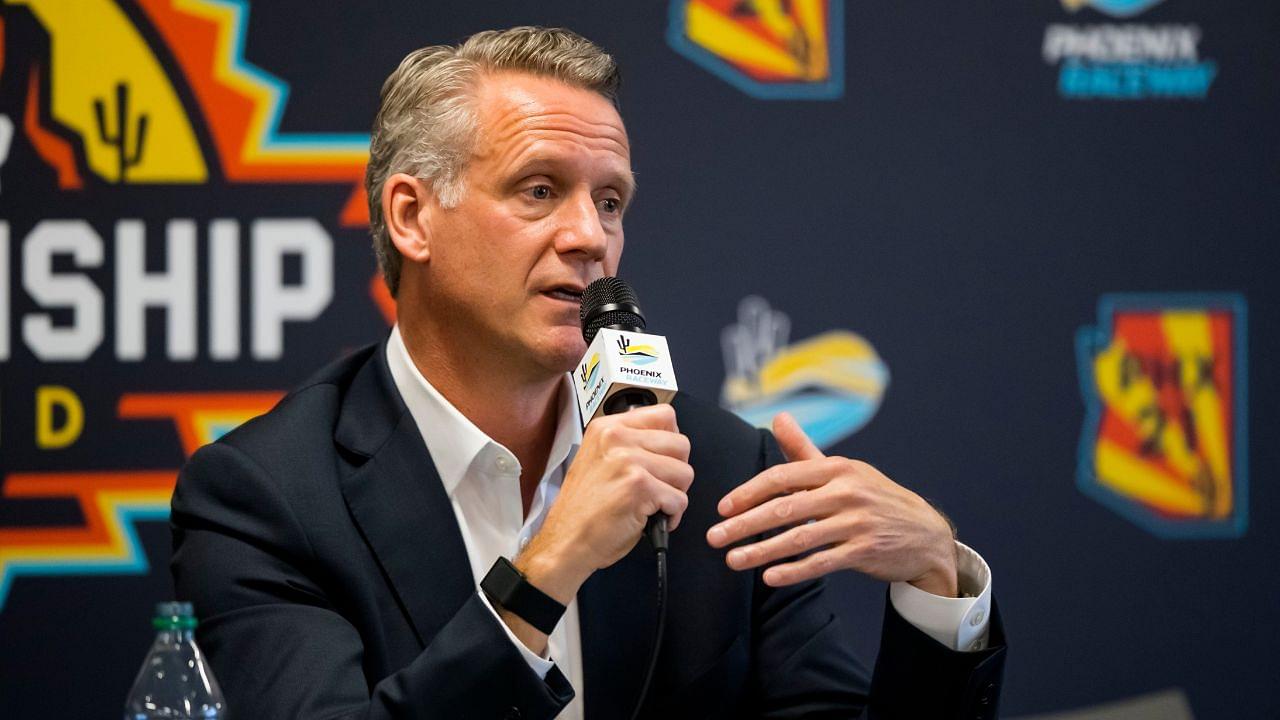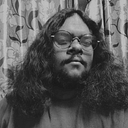The talk about increasing the amount of overall horsepower in the NASCAR Cup Series cars has been an ongoing debate for the longest time with fans and several drivers echoing that sentiment. However, when it comes to the decision-makers, especially after the recent comments of Steve Phelps, it seems like they would do everything other than increase the power output of the cars in a bid to keep the costs low.
Advertisement
However, this unwillingness to compromise and agree with the majority could set a major problem for the sport in the near future.
They don’t call it driver-sports or chassis-sports. It’s MOTORsports
People want power https://t.co/psZxOwly6P
— Parker Kligerman (@pkligerman) November 29, 2023
Back in the early 2000s, a survey asked fans across the country their opinion if they would continue watching the sport if NASCAR implemented restrictor plate racing on all of the race tracks in a bid to restrict horsepower. Nearly 80% of the fans practically agreed on the notion that having less power in the cars would contribute to even lower fan interest in the sport.
By 2000, it was hard to pass during superspeedway races. To make passing easier, 76% of fans said get rid of restrictor plates
<9/25> pic.twitter.com/FjSJPPmjqI
— nascarman (@nascarman_rr) November 29, 2023
Another question from the survey asked what NASCAR should do with the cars to improve the racing at superspeedway tracks like Daytona and Talladega, where it had become harder for the drivers to pass each other. A whopping 76% of the fans straight up wanted the restrictor plates removed to increase the horsepower.
So the sentiment to have an increased power output on the Cup cars has been a thing since the turn of the century and it is something that NASCAR still has not been able to address.
Why is the NASCAR president hellbent on not increasing horsepower in the Cup cars?
One of the biggest arguments from NASCAR is the safety concerns with cars going faster at certain racetracks such as Daytona and Talladega. Ryan Preece’s high-speed crash was just one example of the complications that could arise if the cars went even faster than they already were.
Another major factor for NASCAR president Phelps’s reluctance towards the notion is the fact that increasing the power output would also see an increase in costs for the manufacturers.
Despite hearing the same suggestion from every other driver, Phelps still believes there is another way to improve the racing packages at certain track formats without tinkering with the power delivery of these race cars.




